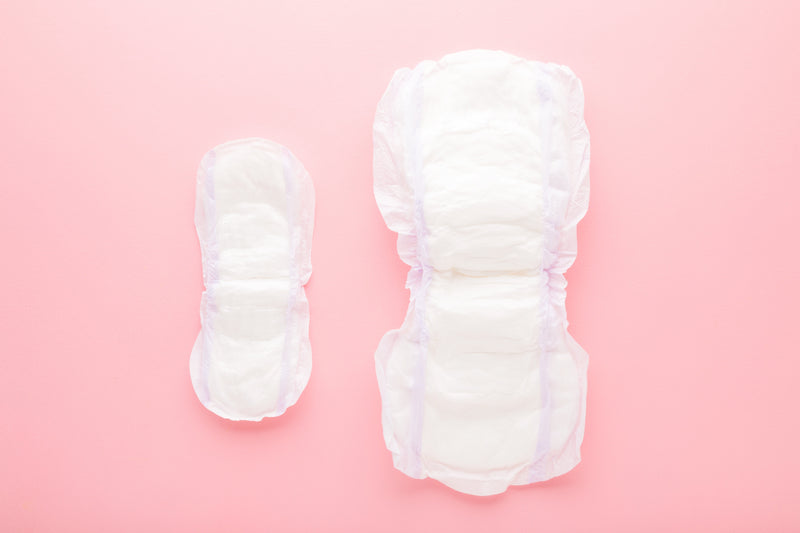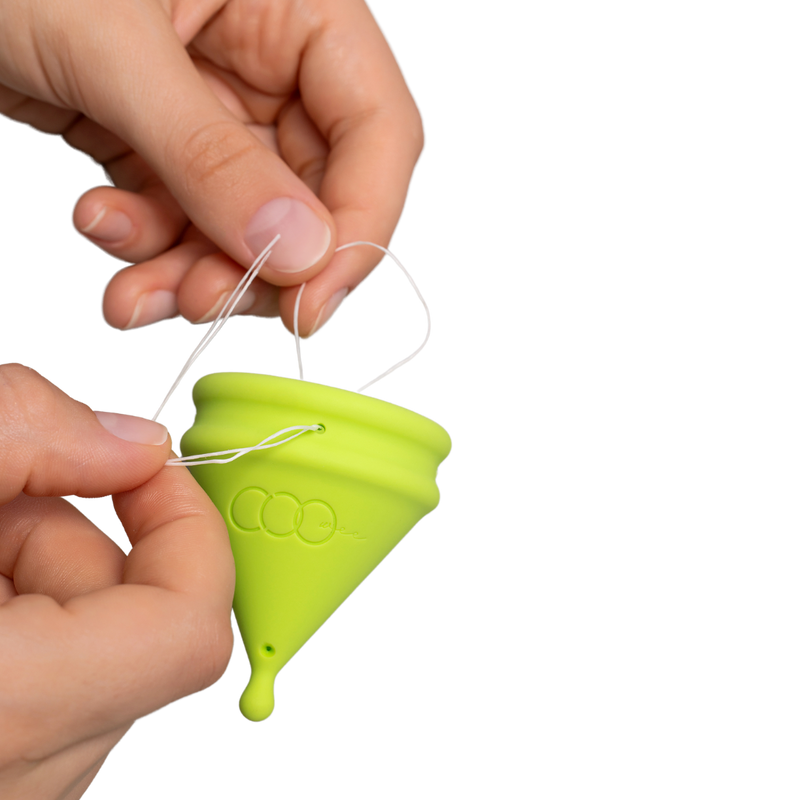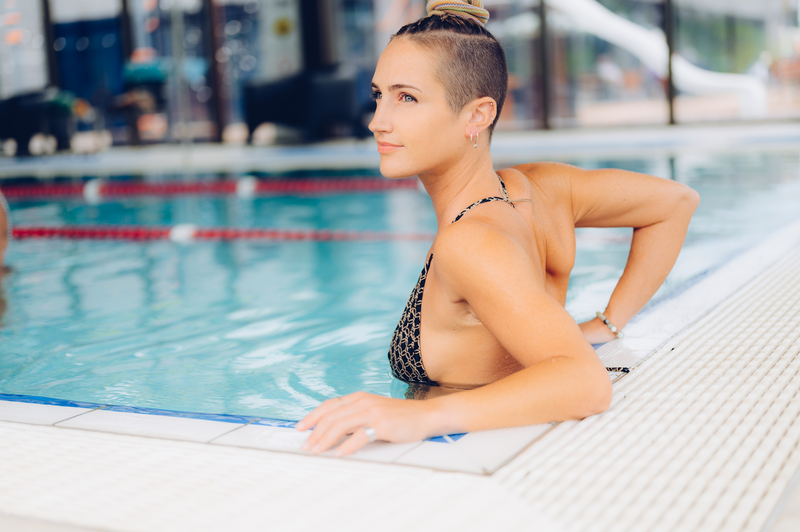We generally don’t mind spending money on things we enjoy, like food, new clothes, and vacations to beautiful places. It’s much less fun to spend money on practical things like car insurance or treatment for a medical condition. If you have urinary incontinence, even a minor case, you probably spend a significant amount of your hard-earned income treating it.
When you’re trying to choose the most cost-effective type of treatment for your urinary incontinence, you’ll want to take into consideration the effectiveness of the treatment, its longevity, what type of incontinence it is designed to treat, and any side effects it might have.
Average Cost of Common Treatments for Incontinence
The cost of treating urinary incontinence adds up, especially since many people who have urinary incontinence use a combination of methods to treat it. One study found that the average cost for women managing urinary incontinence of different severities was $750 USD. A study of women with severe urinary incontinence found that the average cost of treatment per year was $900 USD. While insurance will often pay for medications and procedures, the costs of absorbance products and related costs like dry cleaning and laundry are paid out of pocket.
Absorbent Products: $388/year
Absorbent products like pads and diapers are often the first choice for treatment of incontinence as they are easy to use and obtain. While the cost of treating incontinence using absorbent products varies greatly depending on the severity of the urinary incontinence, at least one study puts the amount at more than $300 USD per year, on average.
Medications: $120-$5000/year
A variety of medications are used to treat urinary incontinence. Medications prescribed may be designed to relax muscles or stimulate the urethral sphincter, and vary greatly in price according to the type of medication and dosage. One study estimates retail prices per year to fall between $120 and $5000 USD.

Photo by Towfiqu barbhuiya on Unsplash
Injections such as Botox: $1200-$2000/year
Botox is a frequently used treatment for urinary urge incontinence caused by an overactive bladder. One Botox treatment lasts about 6 months, at which time another injection is usually needed. Botox works by relaxing the muscles that cause the spasms involved in causing a sense of urgency. As you might expect, Botox tends to be more expensive than many less invasive treatments, averaging around $1200 USD a year. Another common injectable treatment is a urethral bulking agent, which is injected around the neck of your bladder to improve your ability to retain urine. This type of injection requires anaesthesia or sedation and usually lasts about a year.
Laser Therapy: $900-$3000/year
While there are relatively few studies on the treatment of female incontinence using laser therapy, most agree that noninvasive pulsed laser therapy is a promising treatment, and the method is becoming more popular. Laser treatment seems to stimulate collagen production and the regeneration of tissues around the urethra, reducing symptoms of incontinence. No anaesthesia is required and side effects are minimal; however, this is an expensive therapy and sometimes multiple treatments are needed.
Pelvic Floor Therapy: $500-$1500/year
Pelvic floor physical therapy is one of the most common treatments for incontinence, including stress incontinence and urge incontinence. A pelvic floor therapist guides patients through exercises that are designed to help strengthen the muscles involved in urination. These might include Kegels, abdominal exercises, and posture work. Some pelvic floor physical therapists use devices with sensors that provide biofeedback to help patients understand when they’re doing an exercise correctly. While you can do some basic pelvic floor exercises on your own at home, pelvic floor therapy is most effective when it’s guided by a trained therapist. Like other therapies mentioned here, the cost of pelvic floor therapy will depend on whether sessions are group or individual and the frequency of sessions.

Surgery: $10,000-$20,000
The most common type of surgical treatment for incontinence is sling surgery, in which doctors will place a “sling” under your urethra to support it. Sling surgery is usually performed to improve symptoms of stress urinary incontinence, but can als reduce symptoms of urge incontinence for those with mixed incontinence. While surgery is by the most expensive treatment option for incontinence, it is usually covered by insurance and can reduce how much people spend managing their incontinence (in one study, costs of managing urinary incontinence post-surgery were reduced from $750 to $190 per year). Still, it is generally considered a last resort for those with incontinence since it is invasive and comes with a many possible side effects and complications, such as urinary tract infections and difficulty urinating.
Urinary Incontinence Devices: $90-$150/year
A few different mechanical devices exist for women that can be inserted into the vagina to support the bladder (or the neck of the bladder) and place pressure on the urethra to reduce symptoms of incontinence. Not all of these devices are created equal; some are uncomfortable and bring a high risk of urinary tract infection. However, reusable mechanical devices are usually easy to use, carry fewer side effects, and are less expensive than many other forms of incontinence treatment.

Choosing a Type of Incontinence Treatment That Doesn’t Break the Bank
Because there are several types and severities of incontinence as well as a variety of causes and triggers, choosing the right treatment for your incontinence is a very personal decision, and will differ from case to case. The first step in choosing treatment for most people with urinary incontinence is to determine what type of incontinence they have.
For instance, while there are several medications used to treat urge incontinence by relaxing the bladder and reducing bladder spasms, no medications are currently approved to treat stress incontinence. Instead, stress incontinence is more frequently treated with pelvic floor therapy, injected bulking agents, and mechanical devices.
Because pelvic floor therapy is simple, noninvasive, less expensive than many other treatments, and can reduce symptoms of both stress and urge incontinence, it is often a first recommendation by doctors. Pelvic floor therapy can also reduce the cost of treating incontinence by making it possible to purchase fewer absorbent products. Mechanical intravaginal devices can also be helpful in reducing treatment costs by making it possible to buy fewer pads and similar products. Relatively low-cost treatments like reusable intravaginal support devices and pelvic floor exercises can also help patients avoid more invasive and expensive treatments like injections and sling surgery.
Reducing Your Incontinence Treatment Costs–And Waste
If you’re living with urinary incontinence and tired of paying for disposable pads and liners over and over again, a reusable incontinence device like Coo-Wee may be right for you. The Coo-Wee device was designed by women for women as a comfortable, effective, TGA-listed solution to incontinence that releases you from the cycle of constantly buying and wearing bulky, awkward pads. Ultimately, Coo-Wee can make treating your incontinence less expensive, less embarrassing, and more empowering. Take our quiz to find out which Coo-Wee device is best for you.













